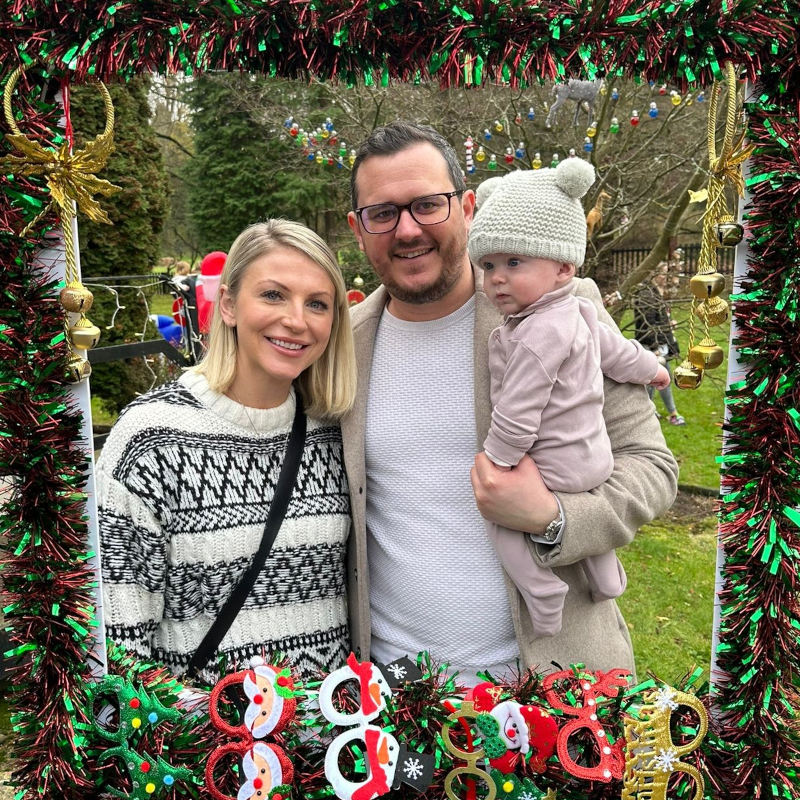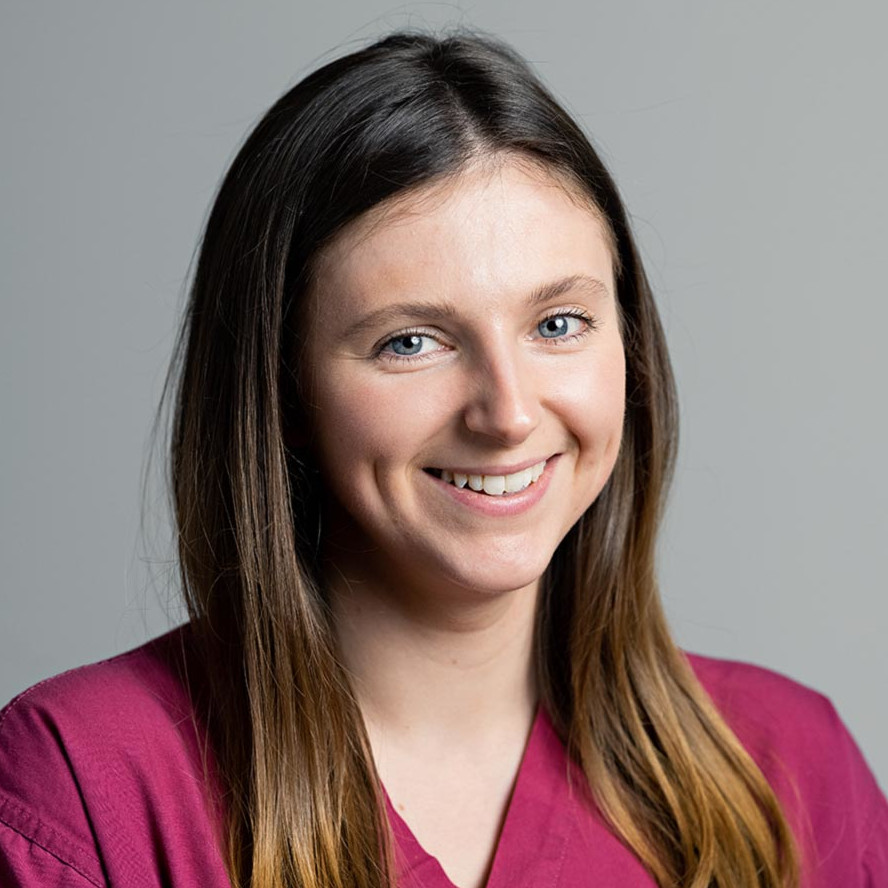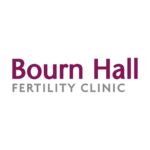Kirstie and George had come to a standstill after trying for a baby for three years but then a diagnosis of ‘unexplained infertility’ gave them the green light to move forward with fertility treatment at Bourn Hall.
“It just didn’t occur to me when we first started trying for a baby that we would struggle to conceive,” says Kirstie, aged 32. “My periods had always been regular as clockwork and I was in my twenties so I just assumed that I would get pregnant. I now realise that was a bit naïve of me.”
Kirstie and George had been together for ten years when they got married. “We knew from the start of our relationship that we both wanted children,” says Kirstie.
The long wait
Gradually over time all of the couple’s close friends had started to have families. “Every time I heard that a close friend was pregnant I was happy for them but at the same time I felt really sad for us,” says Kirstie. “As time went on and I couldn’t get pregnant I started to wonder if we were doing something wrong.
“We didn’t drink or smoke and we were not overweight so what could the issue be?”
The couple decided to go and see their GP to ask for help. “We had some basic tests done and they couldn’t find anything,” says Kirstie.
In Norfolk, Bourn Hall is commissioned by the NHS to undertake all of its ‘Level 2’ fertility testing and diagnosis.
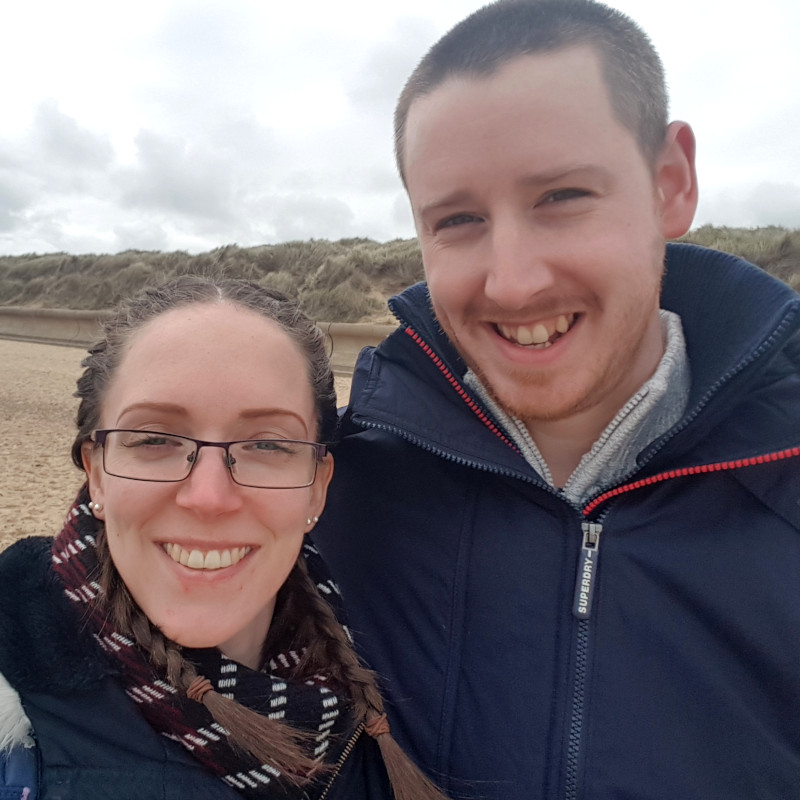
So, as the couple live in Norfolk they were referred by the GP to have further fertility tests at Bourn Hall’s Wymondham clinic.
These tests did not find a cause for the infertility and the couple were told that they had ‘unexplained infertility’.
Unexplained infertility
Around one in four cases of infertility are classed as unexplained and the National Institute for Health and Care Excellence (NICE) recommends that people with unexplained infertility, who have not conceived for over two years of having regular unprotected sex, should be offered NHS funded IVF treatment subject to NHS eligibility criteria.
Fortunately, Kirstie and George were eligible for NHS funding for IVF treatment and were able to continue their fertility journey with Bourn Hall, as it is one of the NHS IVF providers selected by the Norfolk CCGs and the only one with a clinic in the county.
For their first treatment the couple had IVF – which involved collecting Kirstie’s eggs and mixing them with George’s sperm in the lab and leaving them to fertilise.
“Although there were no guarantees that I would get pregnant after an embryo transfer I just assumed that we would get past the first hurdle,” says Kirstie.
“When the embryologist phoned me up to tell me that none of my eggs had fertilised I couldn’t stop crying and had to pass the phone to George to carry on the conversation. I was a mess for the rest of the week. I had built my hopes up so much.
“George was really supportive but he didn’t know what to say to make it better for either of us. When he gets upset he goes really quiet and that is how he dealt with it.”
We needed a SatNav and Bourn Hall had one
Despite their setback the couple were determined to try again.
“We both really wanted a baby and we got through the experience together by joking that maybe George’s sperm needed a Satnav to find my eggs!” says Kirstie.
Second time around and Bourn Hall’s embryologists employed the closest they have to a ‘Satnav’ – a technique called ICSI (Intracytoplasmic Sperm Injection) where the embryologist using a fine needle injects an individual sperm directly in to the egg. The technique is often recommended to couples who previously had IVF where little or no eggs fertilised or where there is an issue with the sperm such as motility (movement).
“We threw everything at it for our second treatment,” says Kirstie. “We ate really healthily, I was drinking loads of water and taking pre-conception vitamins and George was taking Proxeed Plus fertility supplements.”
Kirstie produced 25 eggs second time – and with ICSI 22 of them were fertilised. Ten made it to day 5 blastocyst.
“The second phone call we had from the embryologist was so different to the first one,” laughs Kirstie.
Freeze all gave a chance to rest
As Kirstie had produced so many eggs, it was decided to freeze all ten of the couple’s embryos to give her body time to recover before proceeding to embryo transfer.
“I was still quite bloated and although I was a bit upset that we had decided to delay embryo transfer I knew that it was the right decision,” says Kirstie. “It was December and so we went home and made a conscious decision to enjoy Christmas and start the New Year hoping that it would finally be ‘our year.’”
On 26 February 2019 Kirstie and George went back to Bourn Hall for a Frozen Embryo Transfer.
“George was right by my side in the theatre at the embryo transfer and we saw it all happen on the screen and we were given a picture to take home. It was really nice,” says Kirstie.
Two weeks later and the couple finally had good news. “When I took a pregnancy test and it was positive we were so happy,” says Kirstie. “I took a photograph of the test result and sent it to all our family and they were so happy for us.”
Owen was born on 9 November, 2019.
“We had waited such a long time for him,” says Kirstie. “I still remember hearing Owen cry for the first time when he arrived and George cutting the umbilical cord and just standing there beaming. It was such a lovely moment.”
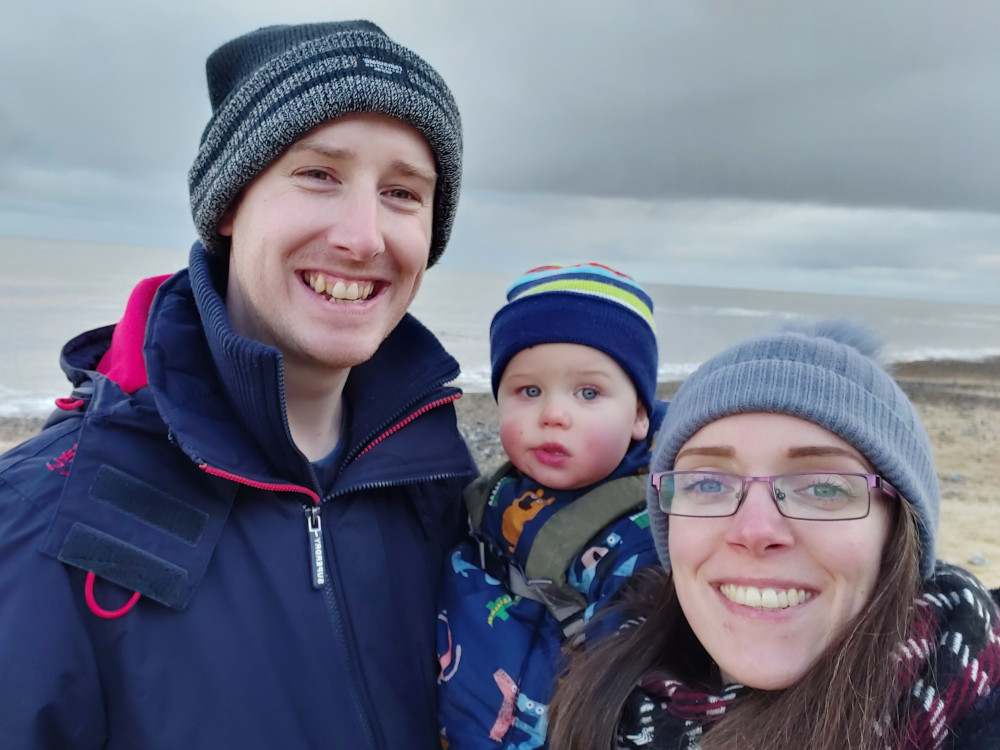

Ask lots of questions
Now that they are a family of three, Kirstie has the following advice for other couples struggling to conceive.
“Don’t be frightened about asking for help or about fertility treatment,” she says. “Everyone was so lovely and helpful at Bourn Hall and whenever we rang up with a query they always got back to us really quickly. They made IVF a nice experience for us.”
“We are just so happy that Owen is here, he is a dream come true for us.”
CS196



